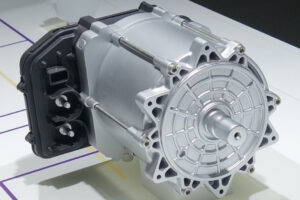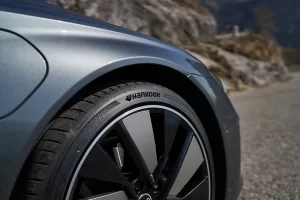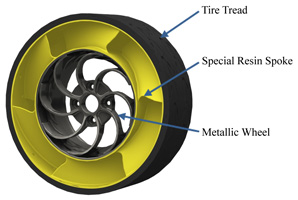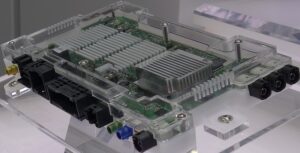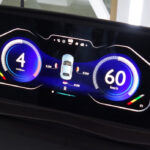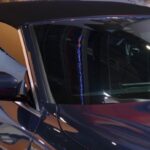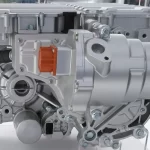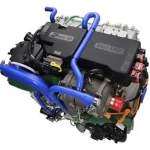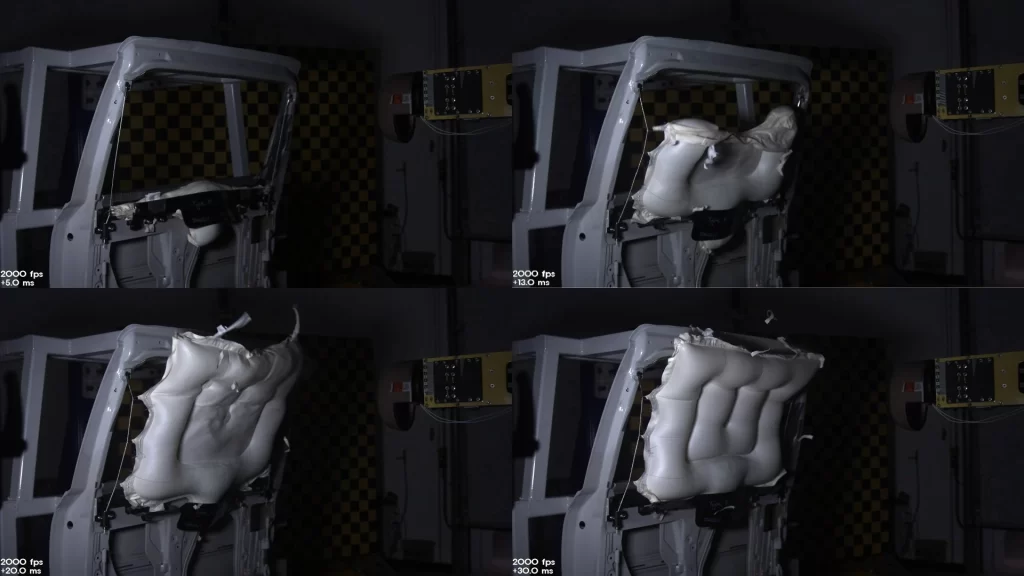
The door-installed airbag breaks the conventional notion of curtain airbags that typically deploy from top to bottom, as it inflates vertically from bottom to top within 0.03 seconds during an accident.
Hyundai Mobis is the first to apply a wire mechanism to curtain airbags. The cushion unfolds along wires installed on both sides of the airbag, preventing passengers from being ejected from the window. This design meets the National Highway Traffic Safety Administration’s (NHTSA) ejection mitigation standard (FMVSS 226), ensuring enhanced safety.
PBVs often use sliding doors for rear passenger access, which might limit the space available for airbag installation due to the door structure located on the ceiling. In such cases, the door-installed airbag proves effective.
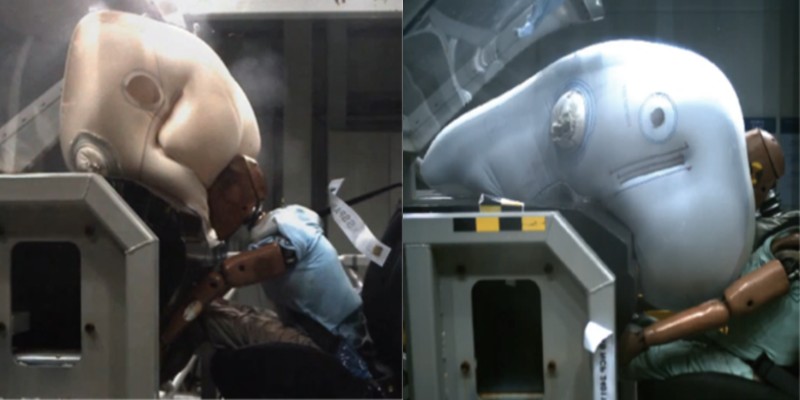
Considering the significant distance to the windshield, the self-supporting airbag (Self-Support Airbag) is designed for PBVs with spacious interiors. This technology protects front-seat passengers by absorbing impact using only the support from the lower part of the airbag.
Current sedans or SUVs use a windshield angled at about 30 degrees to support the inflated cushion. In contrast, PBVs might have a considerable distance to the windshield, which could be nearly vertical. The self-supporting airbag overcomes these structural challenges.
Hyundai Mobis has incorporated technology that secures the airbag cushion close to the front crash pad, ensuring stable passenger protection even without contact with the windshield. This design meets the high safety standards set by the North American New Car Assessment Program (NCAP).
Moreover, Hyundai Mobis is focusing on the scalability of airbags for PBVs. They plan to develop and introduce a variety of airbags tailored to diverse interior designs, catering to customer needs with flexible seating arrangements and passenger orientations.




